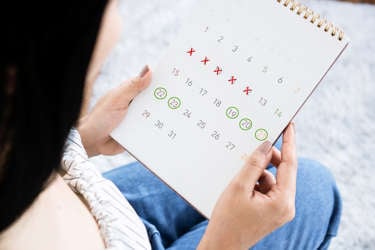Distraction is another way to help you manage your symptoms or treatment side effects. It helps you to put your attention onto other things and not focus on the emotions, sickness, or pain that you’re feeling because of cancer.
When to use distraction
You may remember from the section about pain and cancer, that your brain perceives pain and that there are ways you can change the pain signals or messages. Distraction is a technique to help you change these pain signals. It can also help when you’re feeling sick, nauseous, or bored so that you can pass the time or do an activity.
Here are some examples of situations when it would be good to use distraction.
Situation 1: You have just received treatment and are beginning to feel some side effects.
Situation 2: You’ve just received treatment to help with your pain and are waiting for the pain medication to "kick in".
Think of some other times when it might be good to use distraction.
Distraction techniques
You can use various techniques to distract yourself from your feelings or symptoms. Some are very simple to do, but others need more practice. Each of these techniques can be used to help you to carry on with the things that are important to you.
There are four main methods of distraction. Click the links to learn more.







